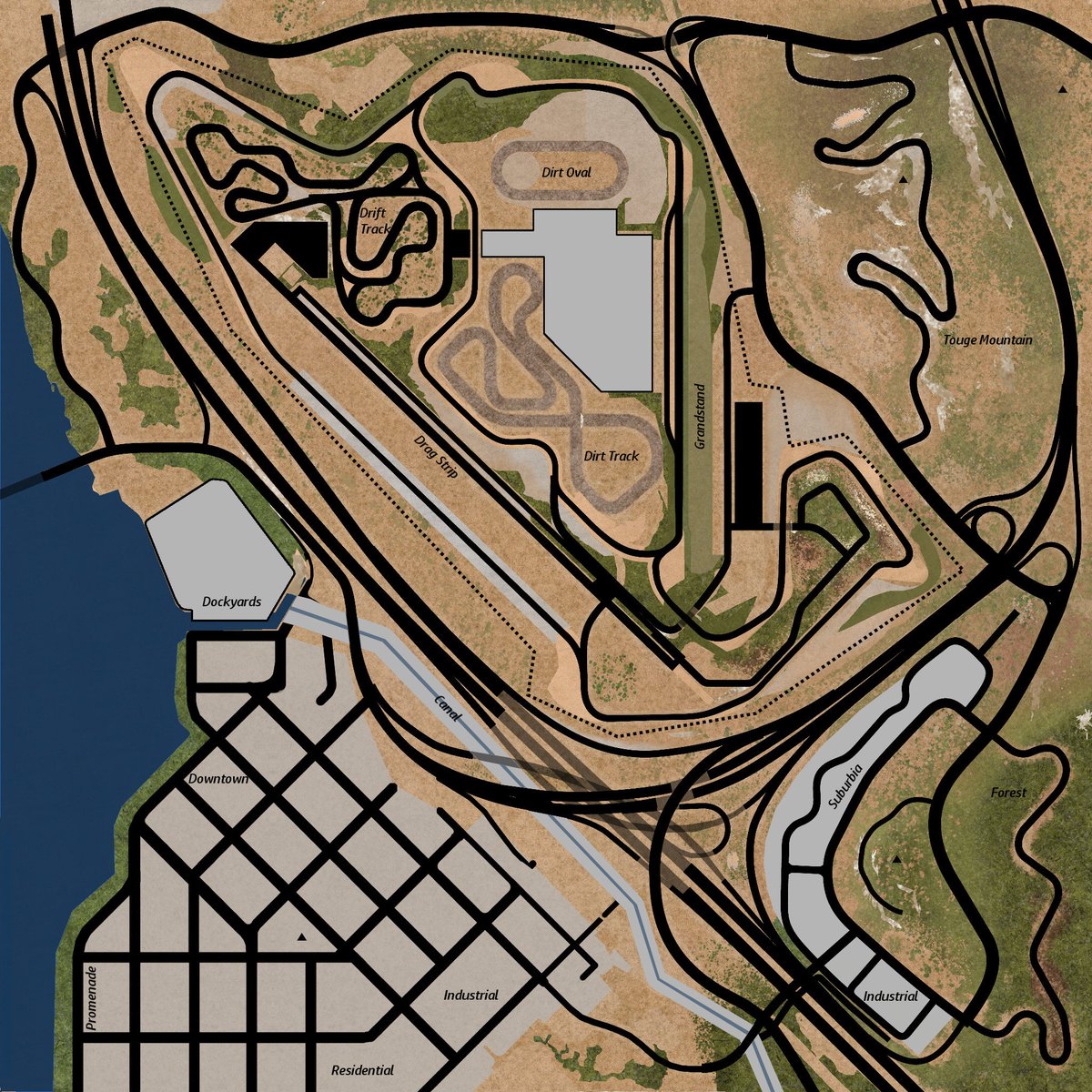


Texturing the other parts works the exact same.īefore we start, figure out what colors you will need for the mesh. It takes about an hour to fully texture the model.įor this demonstration, I'll be texturing the left door of the model. Here is the model I'll be using for this tutorial. This will be fixed later.įirst, open your model in Blender. However, these materials don't have any reflections or shadows. When the model is opened in BeamNG, the materials.cs file will automatically add basic materials to show the textures on the model. By the end of this chapter, your model should look something like this. Below is an image of my textured model without any materials.

Program for viewing/converting dds files (I strongly recommend using XnView for this)įirst, we need to make the textures for our model. DDS/PNG: these are two file extensions commonly used for textures DDS files can't be opened in most programs, but they can be easily be converted to PNG files, allowing them to be opened in almost all programs Material File: specifically called "materials.cs," this file can be found in most vehicle files it lists all of the materials for a particular model. Material: determines how and where textures are applied on a model This is how I define these terms based on my experience. These might not be the proper (or correct) definitions. Special thanks to SLS ST for letting me use his K5 Blazer model for this tutorial.īefore we dive into materials and textures, it might help to understand a few key terms. This method is great for adding simple textures and materials that look good, but don't take as much time or skill to create. At the same time, they take a long time to effectively create. UV maps are, by far, the best way to texture a model.

This is a step-by-step tutorial for adding materials and textures to a model for BeamNG without using UV maps.


 0 kommentar(er)
0 kommentar(er)
